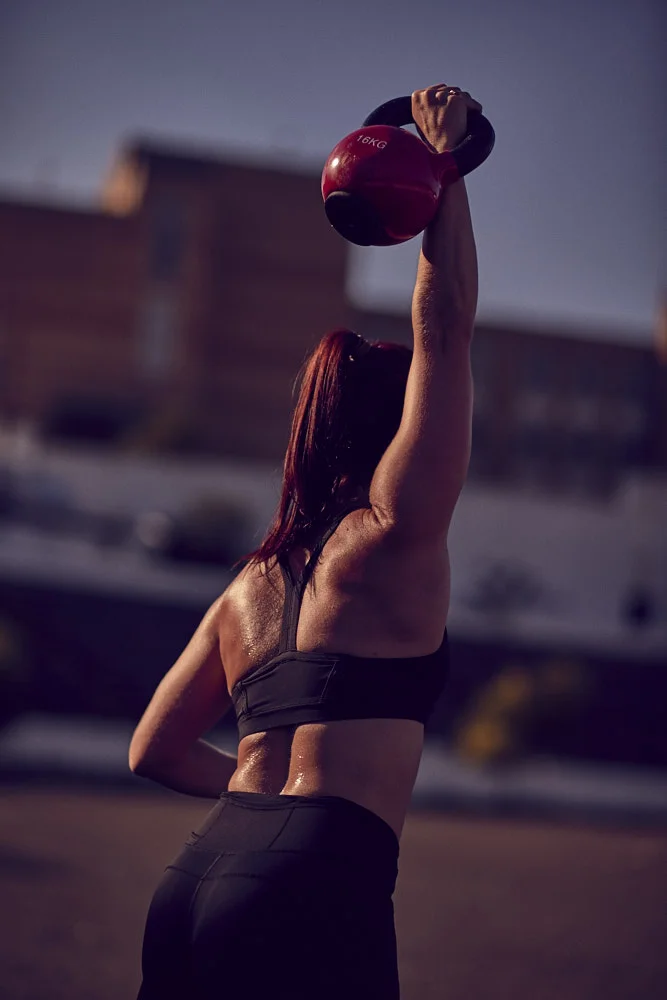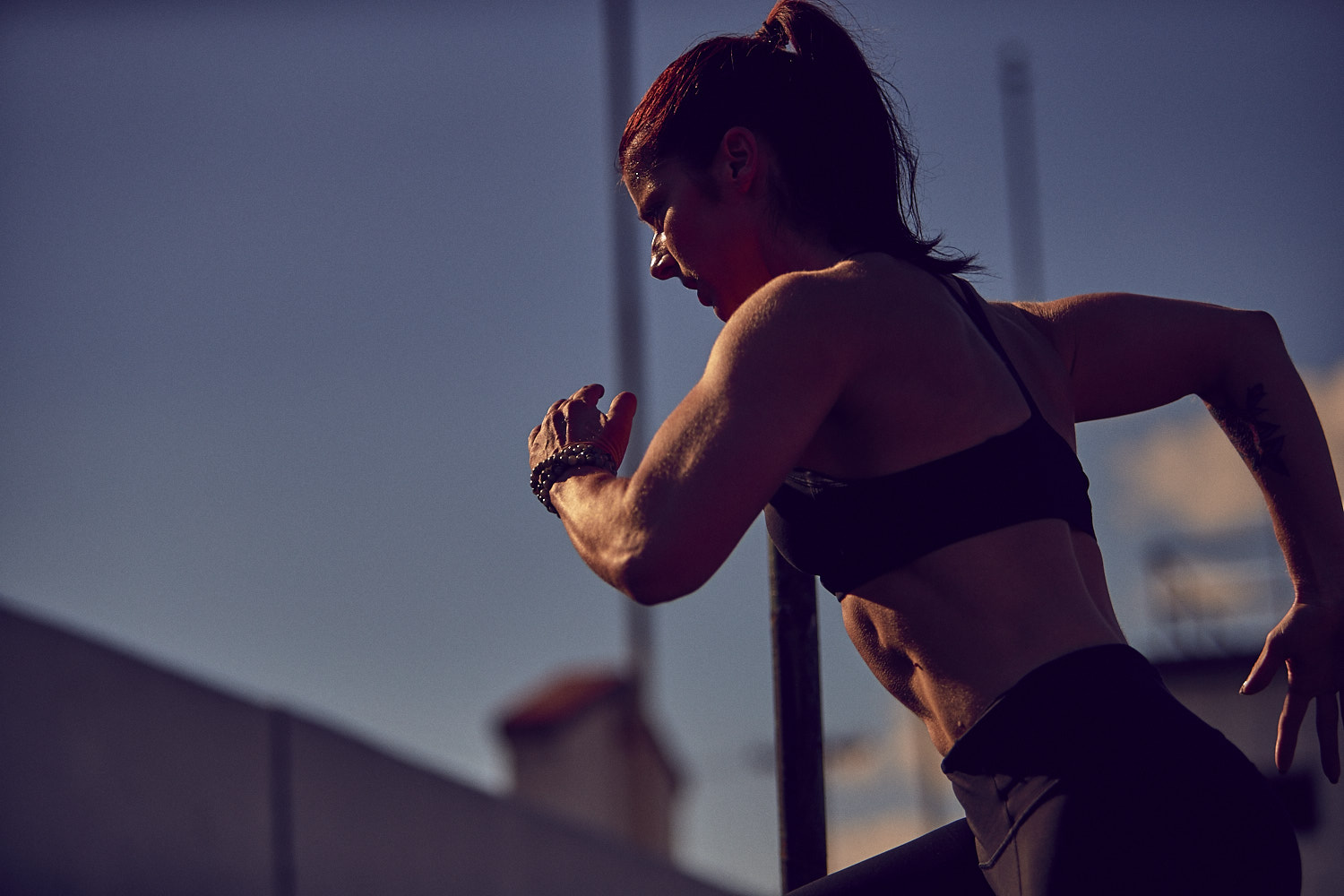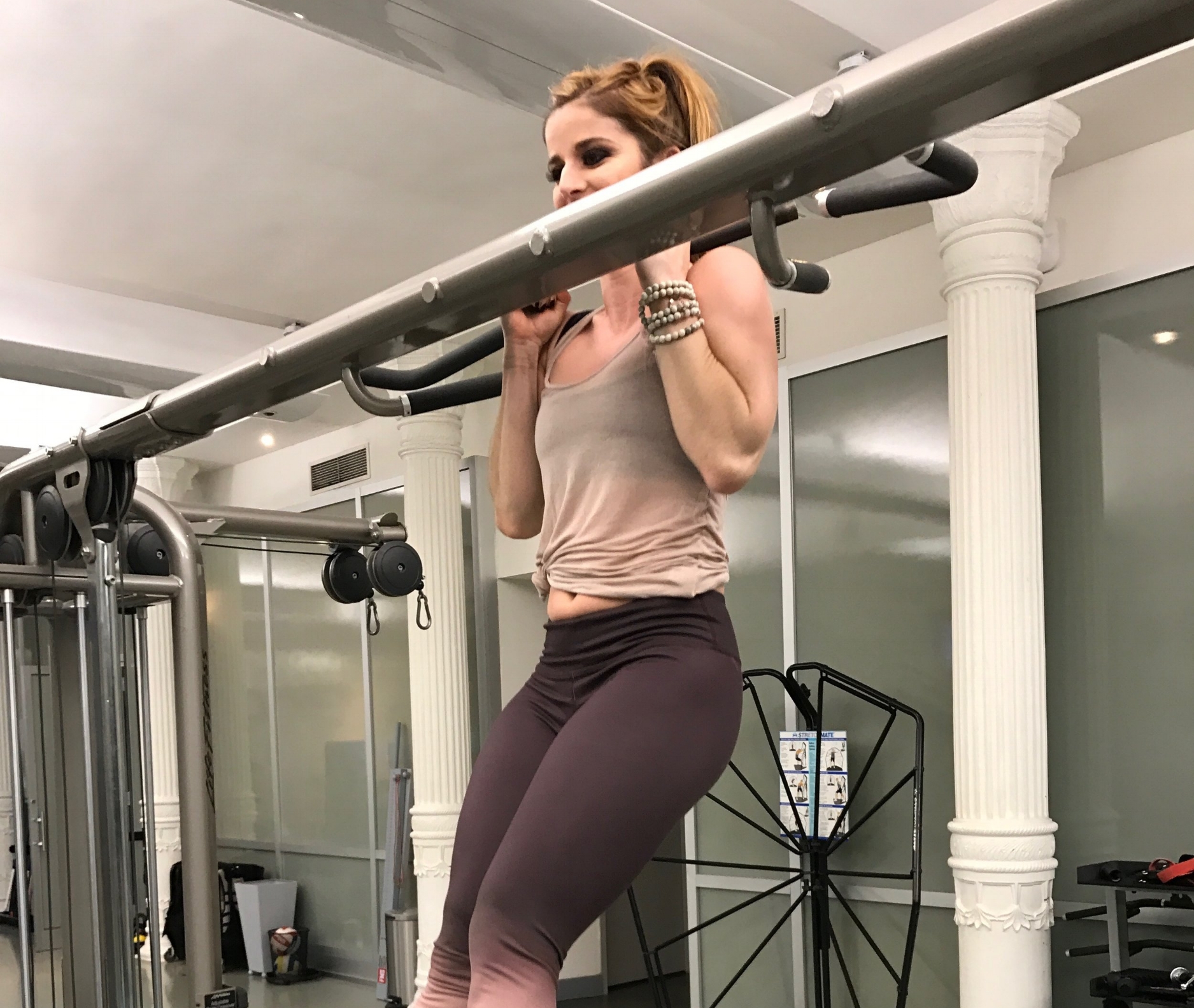Roman, here.
It's Ok To Admit It, Bro. AFter Two Decades Of Clearly Consistent And Wildly Successful Muscle-Building Mastery, I Woke Up At 35 In Pain.
And perhaps you are starting to struggle with the effects of age and hard training too...
- You have to modify your training programs because this or that aggravates your lower back too much.
- You had to trade conventional deadlifts for trap bar cause you just can't reach the bar anymore.
- You seem to be getting worse at your favorite lifts And you've been stuck at the same bench press weight for years.
- You're starting to think that yoga classes look more tough than fluffy. And the thought of sitting cross legged for more than a minute is torturous.
- You have chronic aches and pains that don't seem bad enough for a specialist and surgery, but are serious enough to sideline you every couple of months.
- You can't touch your toes. Or even worse, you never have.
If even one of these issues raises a brow, it's time to stop denying that you need to change the way you train...
Because first off, there is a cost of doing business.
Everyone who's been in the gym working at high enough intensities to build muscle and hit PR's, experiences some amount of inflexibility, and aches and pains. Competitive bodybuilders and professional athletes included. No reason to be ashamed of this. It's part of the deal.
Second, that cost of business is easily offset by being just a little bit more responsible
My friend David Dellanave is a world class coach. He's also a world record holder in the Jefferson deadlift, really good at fixing shit, and is paradoxically amazing at coding in java and html.
None of that is relevant, I'm just saying: Dave's a cool guy.
He's a modern day Renaissance Man, and he's got a really interesting perspective on life. When he talks, I listen. Lots of wisdom, there.
A few years ago, David made a brilliant comparison between your fitness and finances. Your physique is a lot like your portfolio: if you go hard and invest in your 20s, make smart decisions leading to appreciable gains...you can pretty much fuck around for the next few decades and still be fine.
On the other hand, if you wait until your 30s, it doesn't matter if you're trying to lose the dad bod, TK existing injuries, or start saving for retirement: you're 10 years behind, and catching up is gonna require a really strategic plan.
Take a minute and read that again, because that's some true shit.
The earlier you build a solid foundation, the less you need to do to maintain it later on.
Now, I thought I was the living embodiment of that. I spent the earlier part of my career walking around stacked at 190 and 6% body fat.
I COULD post a picture of myself in that condition to prove my point, but if you really need to see a 10 year old picture of me making sexy eyes at the camera, we've got bigger problems.
(Besides, I'm googleable as hell, look it up yourself. Enjoy.)
The issue is, like many people, I took a...shall we say two-dimensional approach to my own training. I looked at everything from the perspective of aesthetics.
Will it get me lean? Cool, let's do it.
Will it get me jacked? Fuck yeah, I'm in.
I was operating with the wild fancy of early manhood, the smug certainty of the strong.
Perhaps I can be forgiven. I was young, after all, and the young know deep in their hearts that they will live forever.
Alas! Weep for poor, young Roman. Fool that he was.
What I should have considered, along with increased jacktitude and shredocity, was in what other ways will this affect my body?
Long story short, I
coachI'm not saying you can't keep chasing strength PRs, bigger arms, or shredded abs.
I certainly don't plan on ditching my goals just because I'm getting a little older.
All I'm saying is, don't you think it's a little ridiculous that you've spent so much time trying to look your best, and and almost no effort at all to try and feel your best?
Couldn't you stand to spend 10-weeks focusing on mobility, so that the other 42 weeks of the year, you can crush it? Those pros spend the MAJORITY of their training years on regenerative cycles.
They understand the value. We're talking about taking care of your body here. Ya now, the only one you have. Those beautiful biceps will only help you so much after that early hip replacement you're headed for.
And Mobility isn't all about passive stretching, therabands, and foam rolling...
Truth #1 Flexibility Is Not The Same As Mobility
Allow Professor Romaniello to school you on the science of mobility. First things first. That static stretching routine that you skip almost every workout? Good intuition, man. It's worthless anyway. And here's why...
Flexibility is the range of motion you have that you can passively work into. PASSIVE, meaning you have to sit in an uncomfortable position for two minutes until things loosen up. I'm also referring to the range you can only get when your best bro is using his whole bodyweight to stretch your hamstring as close to your face as possible. You have to keep at it every session because it never seems to stick. Flexibility is not the same as mobility.
What you need, is range of motion that you have readily available to you. What you need is mobility, the range that you can move your joints into without the assistance of time or a stretching rope.
So that when you have to bend awkwardly to grab the groceries every week, or get into that back squat position that you haven't messed with in years, it's no problem.
And you're not causing damage or locking yourself up worse by forcing your body into ranges of motion that your joints and tissue can't handle. This is how injuries happen.
But Roman, how do we apply this concept?
Well, after years of seeing chiros and PT's and various body work people to no significant improvement, I finally took the advice I give all my A-List clients, and I called an expert to help me do just that.
How An Early 2000's Emo Band Changed My Training...
"You see, it's never bad enough to just leave or give up
But, its never good enough to feel right"
These are the words I heard through my ear buds as I felt that all to familiar left side QL twinge coming on, the one that never seemed serious enough to stop what I was doing. It wasn't getting in the way of my ability to build calves that defy the expectations of normal humans. But it was getting ANNOYING - aggravating enough that after eliminating back squats, lunges were starting to feel shitty too. And I wasn't about to give up another leg exercises.
And right there, to the whiney sound of Adam Lazarra reminding me that just ok is not good enough, I st
arted typing a text to a good friend and fellow Taking Back Sunday fan. She called me back right away.
MeEt Ashleigh Kast
Ashleigh spent her teens like I did, running around the tri-state area, hanging out at clubs to get lost in the sounds of our favorite emo bands like Brand New and Boys Night Out to escape the whole teenage wasteland we fancied ourselves a part of.
But, while I spent my 20s focused on learning everything I could about fitness from an aesthetic perspective (because, abs, I guess), Ashleigh spent her more formative years studying the areas of fitness that seemed boring to me: stuff like biomechanics, movement quality, mobility, and...I dunno. Running or some shit. Gross.
Movement, not just muscle.
At the same time she was playing with nutrition and chemistry to get ready for her first fitness competition, she was studying neuroscience and physiology to learn how to improve quality of life through movement.
Her clients were both banged up New York Football Giants players, and suburban moms looking to maintain their physiques through childbirth and busy schedules.
Now, to give that context, I want you to take a moment and picture two people.
First, I want you to picture the average NFL linebacker: 6'4", and 285 pounds of muscle.
Next, I want you to picture my mom. Yeah. That's right. My mom.
***INSERT PIC OF ME AND MOM QUESTION MARK***
Momma Roman stands a towering 5'1" and tips the scales at 121 pounds. She's a fiery little Italian lady who loves cooking, Fleetwood Mac, and bitching at me about not calling her enough.
Got it? Okay.
Now, holding those two very distinct figures in your mind, I want you to picture one more thing...
...I want you to picture them training in the same place. At the same time. With the same coach.
That right there is a typical day for Ashleigh Kast.
Because Ashleigh, under the guidance of her mentors, realized, that the way she approached building programs for these two very different demographics, were actually strikingly similar.
The footballers were trying to stay injury free through the hits and repetitive stress, and the housewives were trying to fit into their old jeans. Despite these differences in goal, Ashleigh noticed that... Actually I'll let her go here.
The similarities between housewives, pro athletes, and superheros
Hey all, Ashleigh here. As John was saying, I noticed that
- If I could get my clients to move better, inflammation decreased. With less inflammation athletes could move more freely. My ladies could cut fat more easily, and both had less pain.
- Static stretching didn't work well on it's own. But, if I used it to create a window of opportunity and then challenged it immediately, mobility increased over time.
- Everybody needs the same stuff. Mobility, stability, strength, power. It's just a matter of starting different people at the right place, choosing the right exercise progression on the same path. "Corrective exercise" became something I no longer used because I got better at assessing these needs and prescribing appropriate challenges.
So good, that I started helping out with the programming for some Marvel superheroes you may have seen on my IG. But before we get into that, I've got another science lesson for you.
Truth #2 Stability Is Necessary For Mobility
Everything affects everything. That core stability you know you need from reading functional training articles has even more benefits than decreased back pain and deeply rippled abdominals.
"Proximal stability creates distal mobility."
My friend and mentor Charlie Weingroff is often credited for this insightful quip.
Broken down from high level trainer speak to slightly less obtuse language, it means that creating greater stability in the trunk leads to greater joint mobility in your appendages.
Looking at things economically: body has a limited number of resources. The more of these your autonomic nervous system has to dedicate to creating tension in the muscles protecting your vital organs, the less there are to allocate to being able to move well.
In bro speak: if you can't keep your torso upright in a squat, your hips are gonna lock up to protect your spine.
You see, your brain is constantly assessing threat to your safety by gathering information from different sources like the environment, memory, bias, and your body itself. It then compiles this information to update a constantly changing map of the body. Using this information, your brain is able to determine it's risk of completing a task and the appropriate courses of action.
In applying this concept to our stability/mobility theory, consider that if you can create more stability in the right places and contribute to building a clearer and stronger map of your body, your brain will perceive less threat and literally allow you to move more freely because the risk of injury is lower.
Conversely, when you are lacking stability in certain places and the map is less clear, your brain will assess threat with greater sensitivity. Your body will literally become tighter and your breathing mechanics will be alter. Over time, this can lead to chronic issues like pain, inflammation, "frozen" joints, and hormonal disruption. You already know from following Roman that hormonal imbalance is no bueno for your goal of gainz
Long story short: you can do all the focused mobility work you like. But, if you have poor core stability, you'll always be accelerating against the emergency break provided by your very smart and protective brain. Stability is necessary for mobility.
***transition statement - a good example of this concept is Nick Esposito. A high level strength coach blah blah blah



























